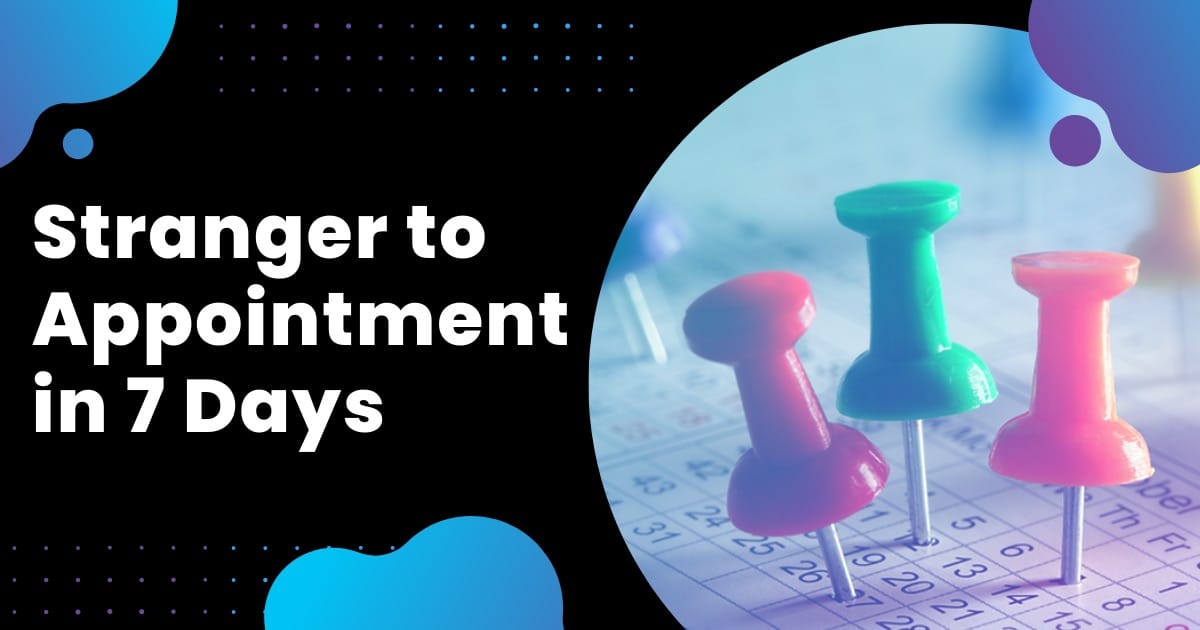What is your website’s objective? Taking it further, have you thought about the objective of each page on your website?
If you don’t have an answer for these questions then I can just about guarantee that you are not converting as much of your website visitors as you should be.
You see, people don’t want to work to do business with you. Typically, they know what they are looking for, they want to know if you are the right business for them and, if you are, how do they get started with you. So your job is to get your message right and then make it easy for people to take the next action that YOU give them.
So here is how you get clear on your website’s content…this is going to be a roadmap for the person planning the layout of your website and your copywriter (even if this is you) and will help to decrease website bloat (2 pages dealing with one topic when just 1 would have been sufficient).
Note: Just because you already have a website, it does not mean you should not take the time to review your website’s content (if you are seeing high bounce rates perhaps this is something you need to do RIGHT NOW).
The Content Plan
This may be your website’s menu structure on a smaller site, or a way to group pages in some form of hierarchy for a larger site. Some people might find it easier drawing this out as a line diagram, but for the sake of simplicity, particularly when multiple people have to work with it, we are going to do it as a spreadsheet.
Step 1: List your website pages
If you have an existing site the quickest way for you to do this might be to extract them from your sitemap.
The goal here is to list out all the pages you need to establish who you are and you credentials, your products and services plus any supporting pages, e.g. contact, terms & conditions, disclaimers, etc.
Step 2: What is the main message for each page
Every page on your site should have a specific purpose, and if you don’t know what it is, then a visitor to that page wont. If you have overlap between 2 pages then remove one and focus on making sure you get the other right (this will also improve the user experience by decreasing the number of clicks to get the answer the visitor needs).
Step 3: What are the call-to-actions for each page
People have become accustomed to scanning the content of web pages, and if people aren’t told what the next step is, there is a good chance the easiest thing for them to do is to click the back button. So you must not be shy about having strong call-to-actions.
You can break these down into:
- Primary: The person likes what they have read so tell them what they do next
- Secondary: It sounds good but they need a little bit more information so they should check this out
- Tertiary: If you liked what you have read but are still browsing then why not do this
Depending on the web page, you may have only one or all three.
The reason we may have more than one call to action on each page is because for general pages on your website you don’t know how people got there or how ready they are to take action.
In the case of targeted traffic (e.g. Google Adwords) to a landing page you know exactly what they are looking for, would be supplying enough information for someone to make a decision and would typically have only one call to action. In the case of landing pages (which are often outside the site’s main menus), ignore the earlier rule of one page per main message as you may have several pages with only slight adjustments to cater to what you know of the specific traffic sourcethese are often outside your main navigation and as they are targeted to certain traffic sources
Step 4: If you already have a website, evaluate existing content versus your new content plan
Review the existing pages on your website. Do they convey the message adequately, are the call-to-actions right and does the content flow naturally into the call-to-actions?
Take notes on what is not working and who will need to be responsible for making changes.
Step 5: Share Your Content Plan
This is where the real work starts. You have the foundation for building a stronger website, now you need to put it into place.
If you’re building a new website, your content plan helps ensure that every page layout & design aligns with the role of that page and the actions you want visitors to take.
If you’re optimising an existing website, your content plan ensures that your copywriter & creative team have everything they need to rework your content in alignment with your existing brand.
Okay…so there you have it. Sure, as much as it sounds simple, I admit it will take some work. The time taken here, however, could result in a better user experience for your website’s visitors, more time onsite and ultimately higher conversions….and optimising for higher conversions is something that is in your direct control, and cheaper than driving traffic.
Remember the saying, “Fail to plan; Plan to fail.” Whether you are starting a completely new website, or reviewing an existing website, it is never too late to review the pages to be included on your website.
To help you get started you can unlock our Website Content Plan template below:
Click here for the Content Planner template










